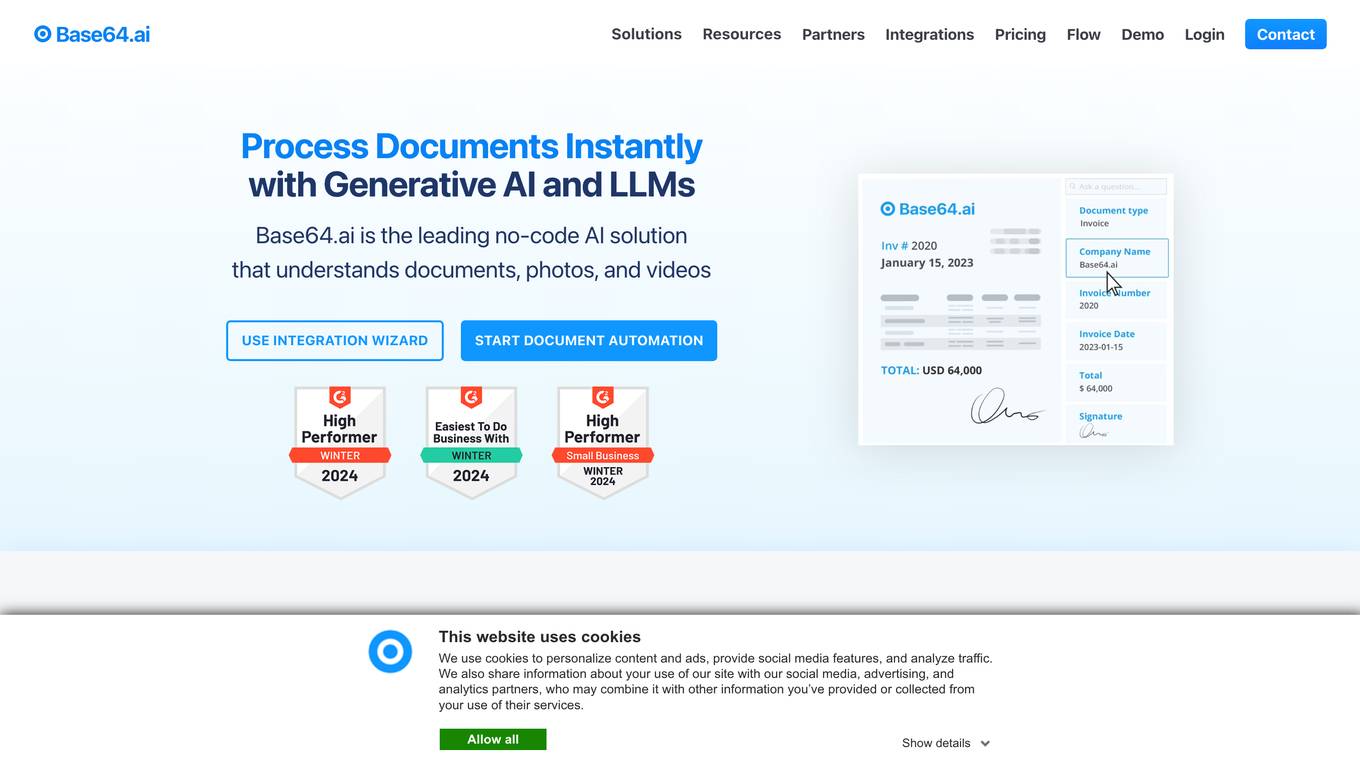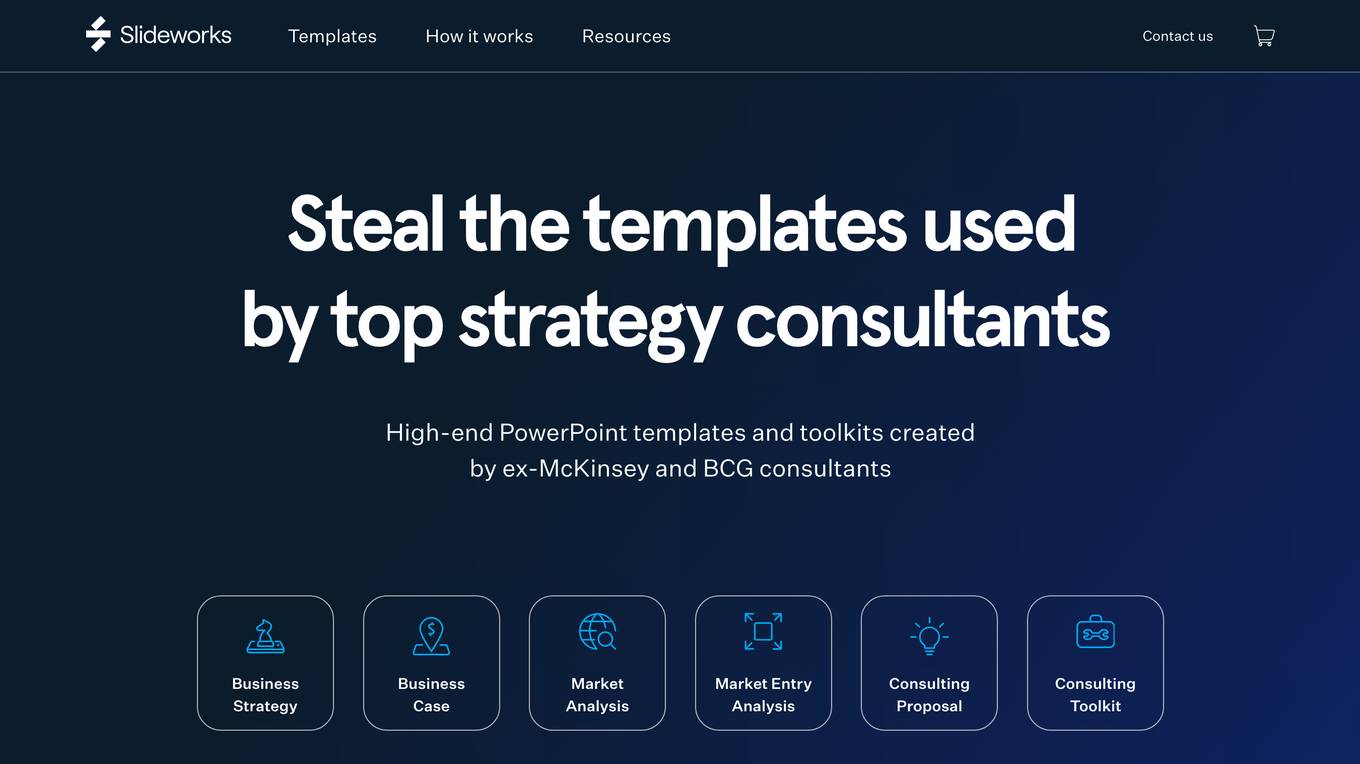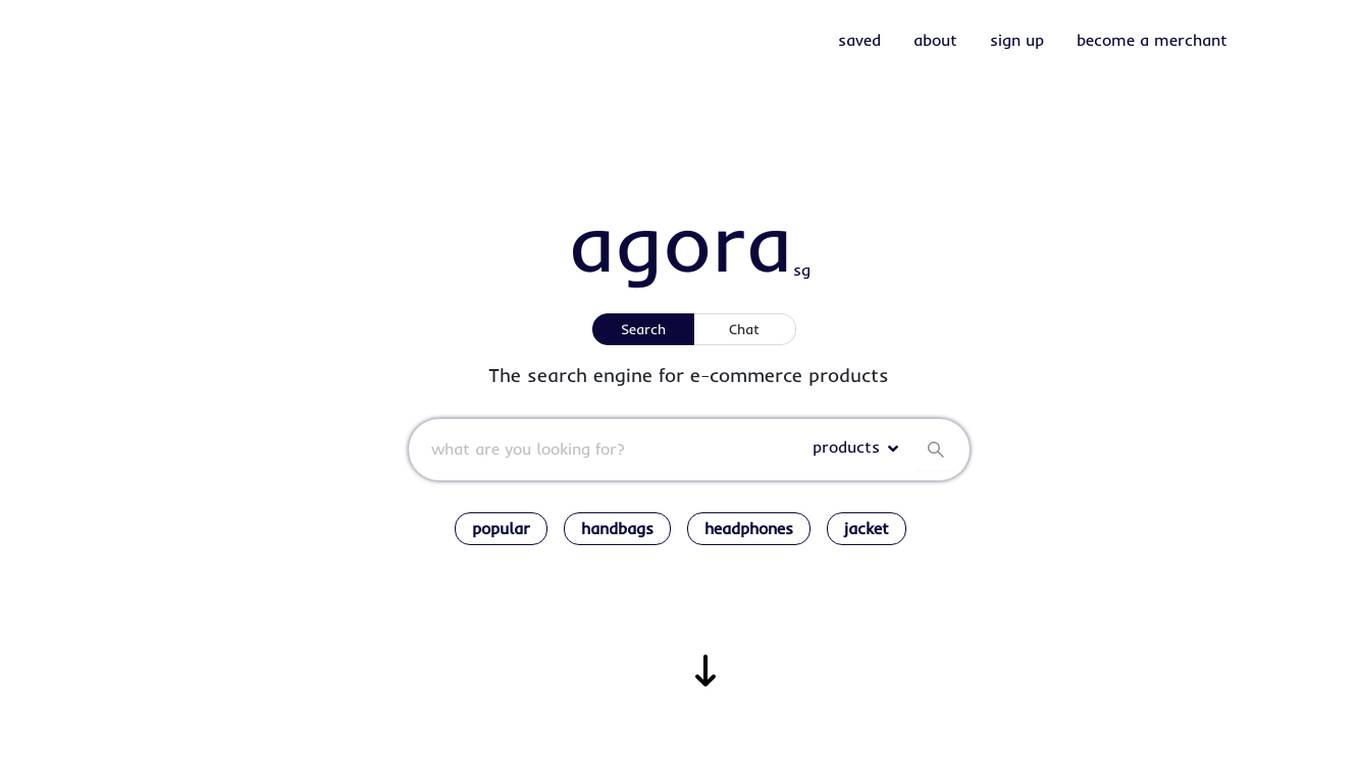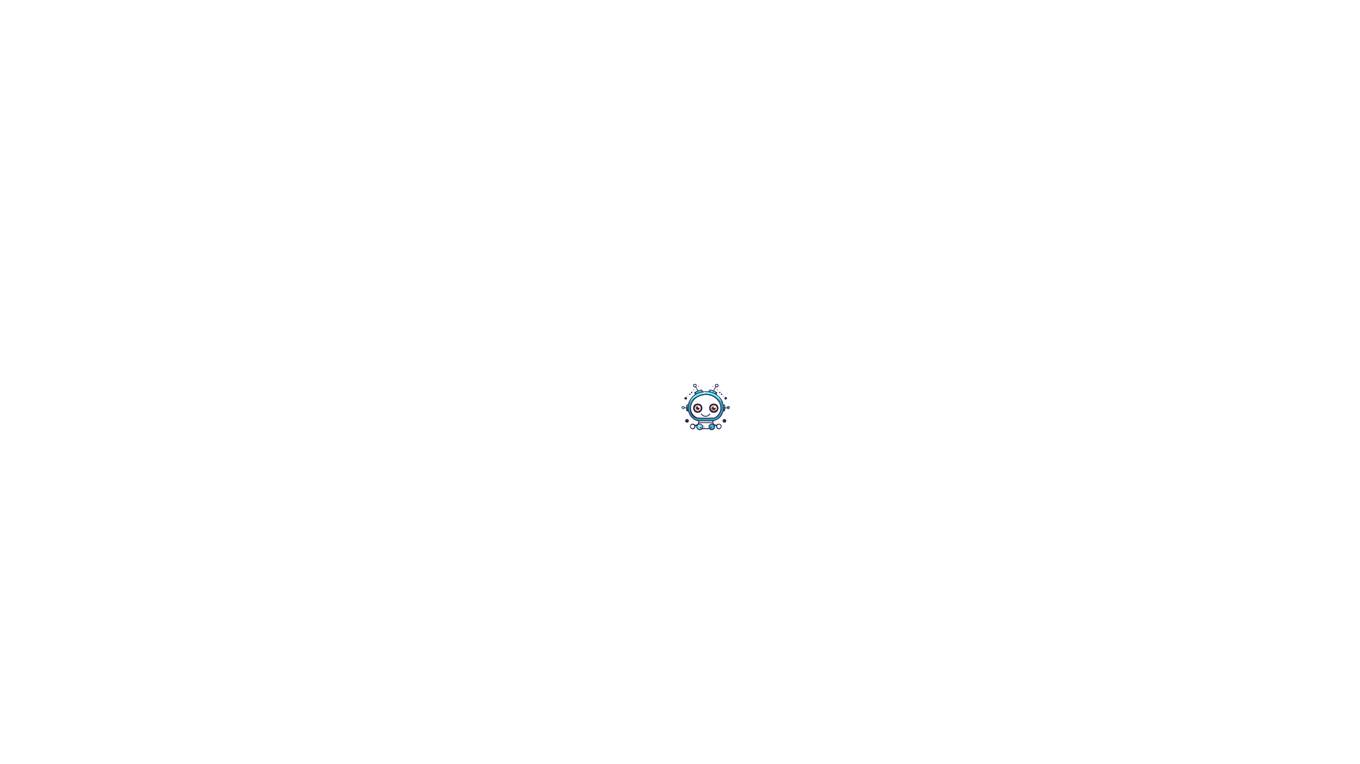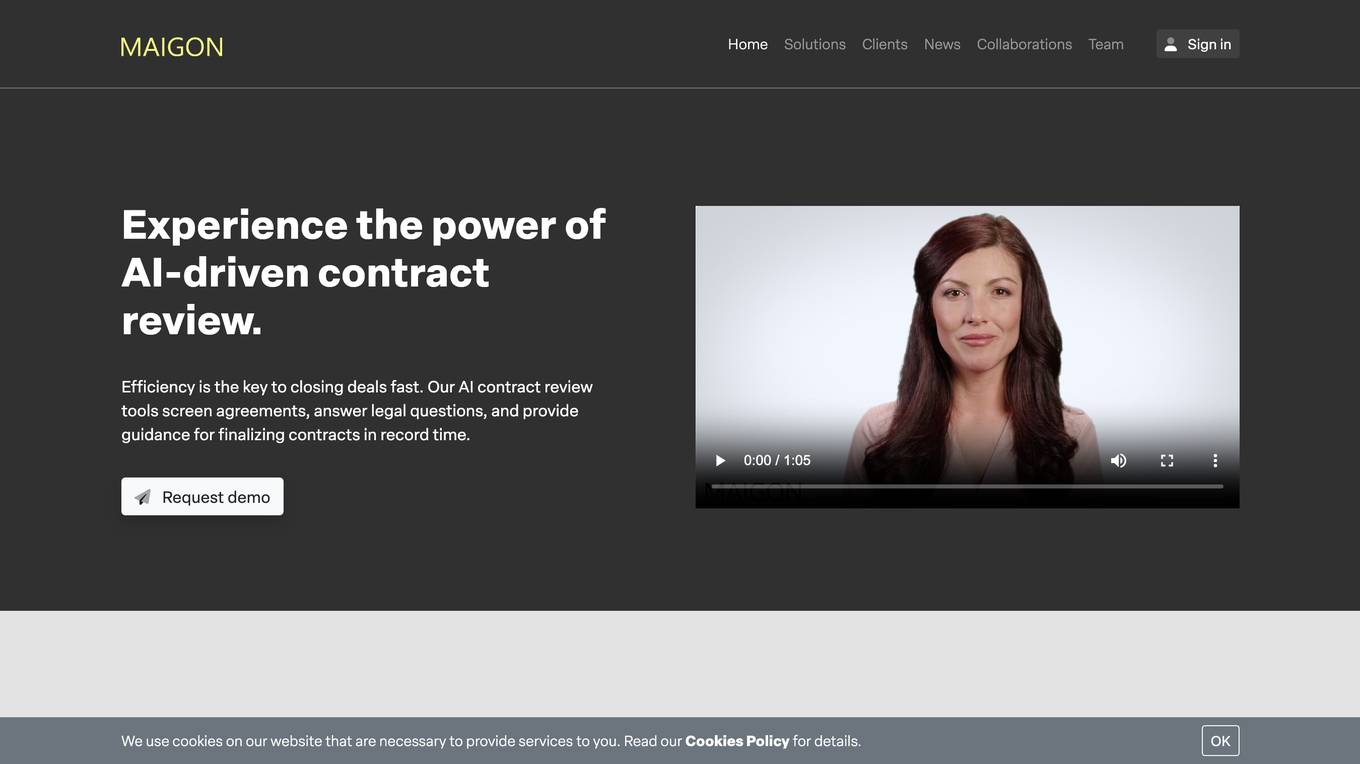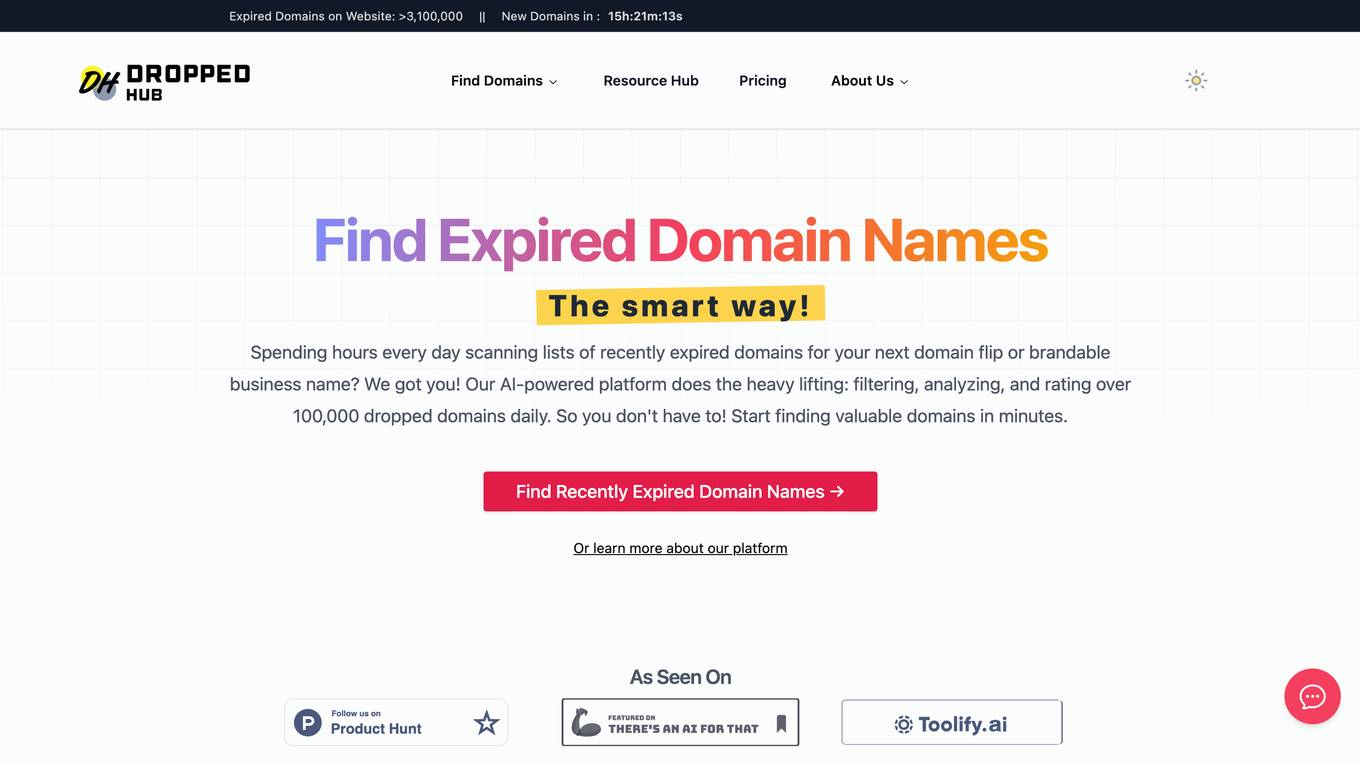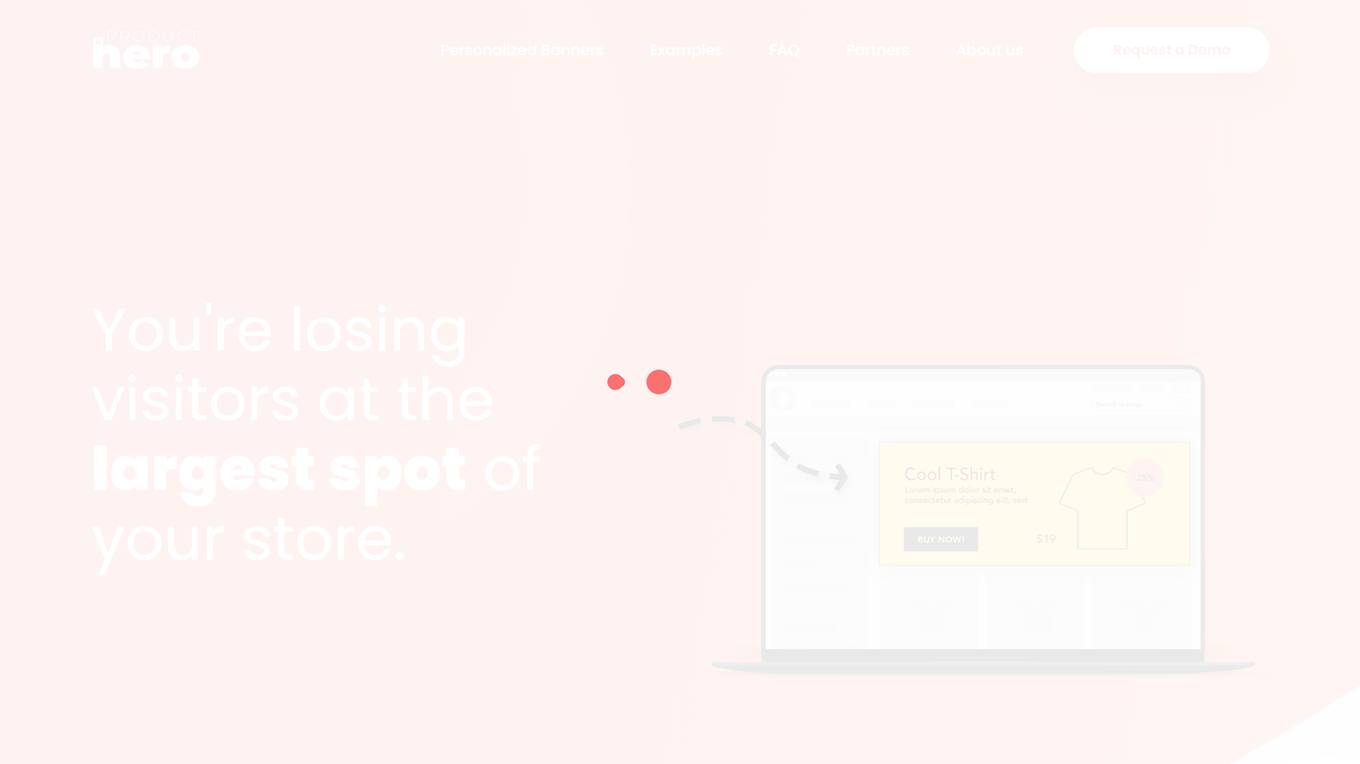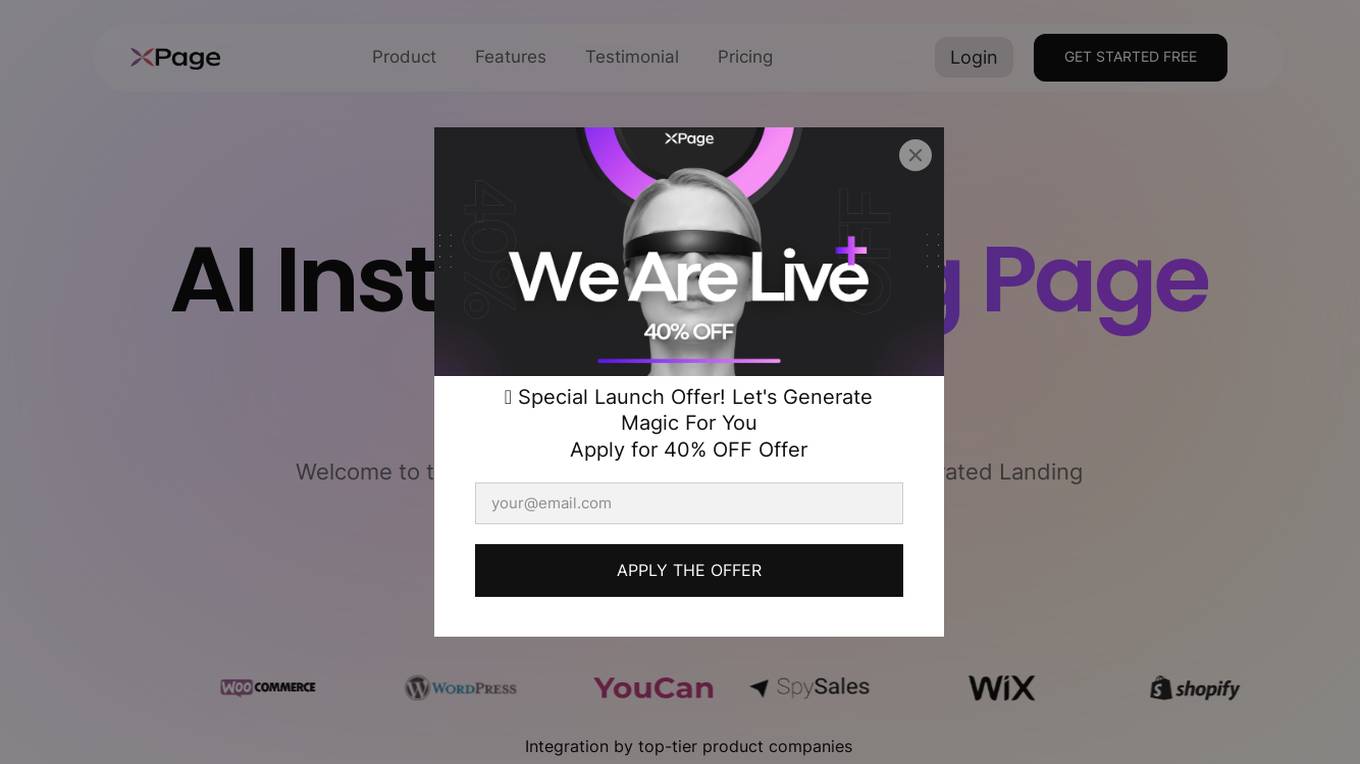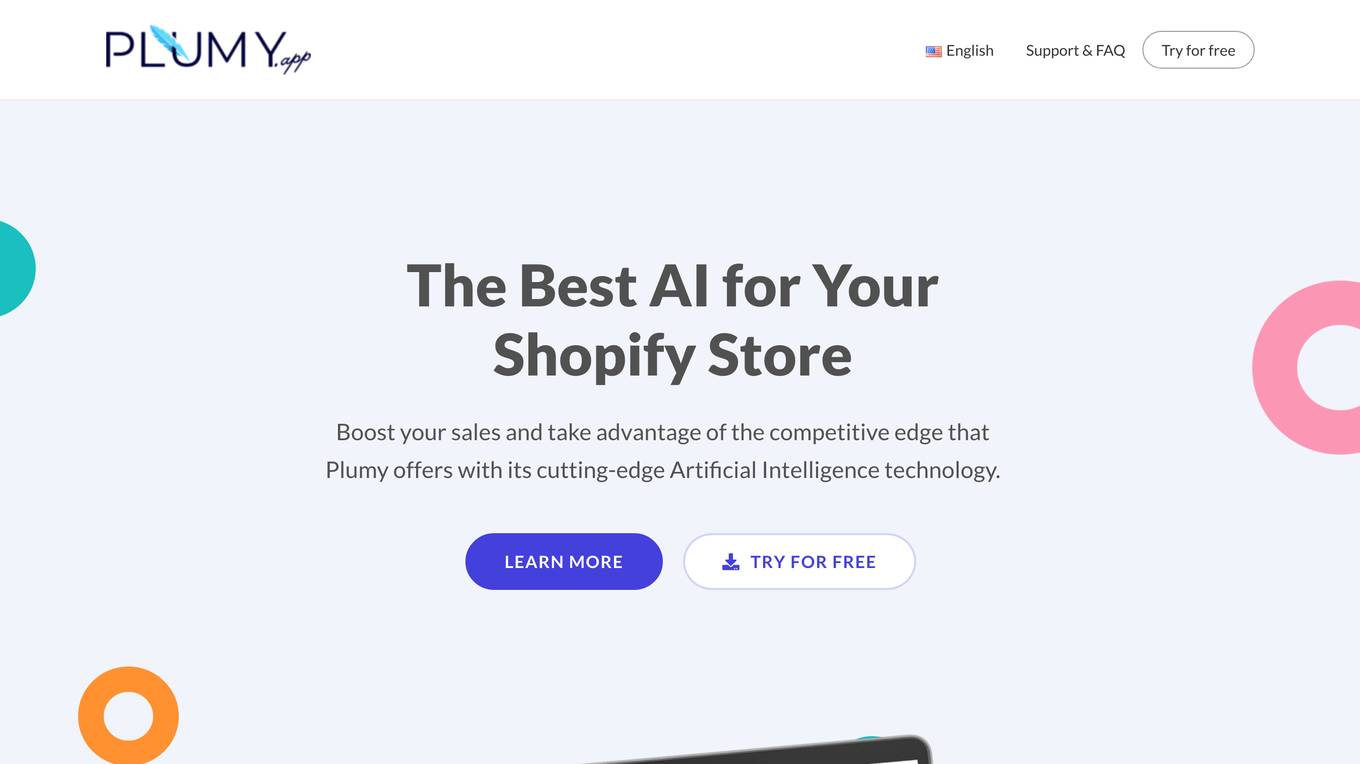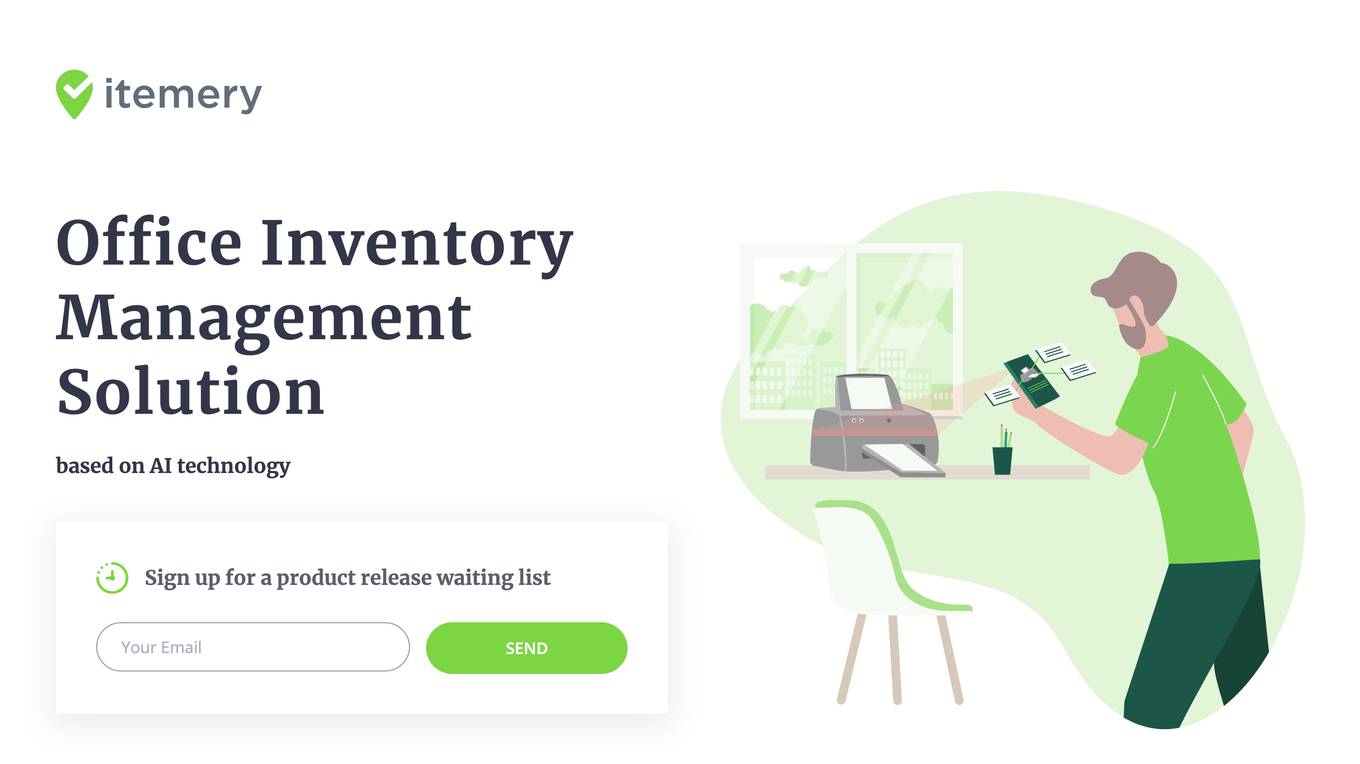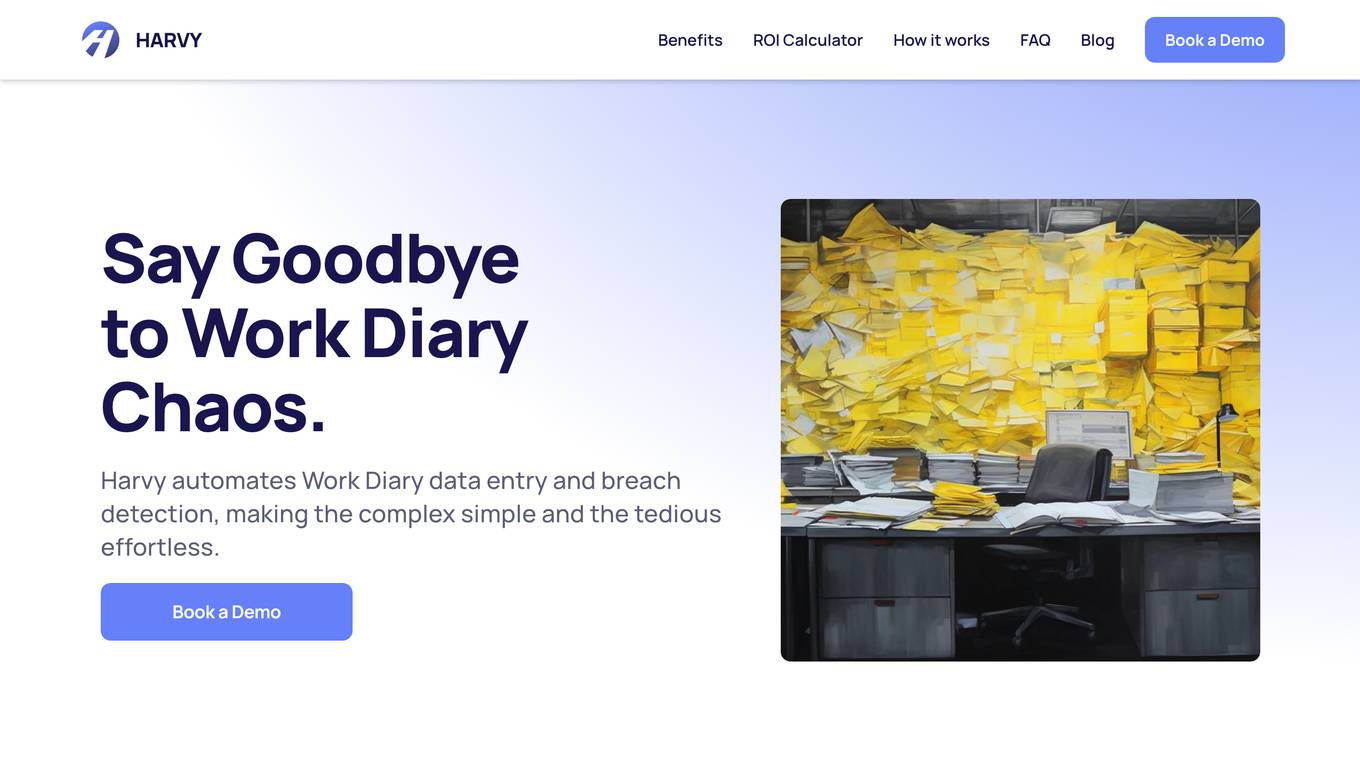e-label.io
The quickest and simplest route to obtaining the EU E-Label for wine.
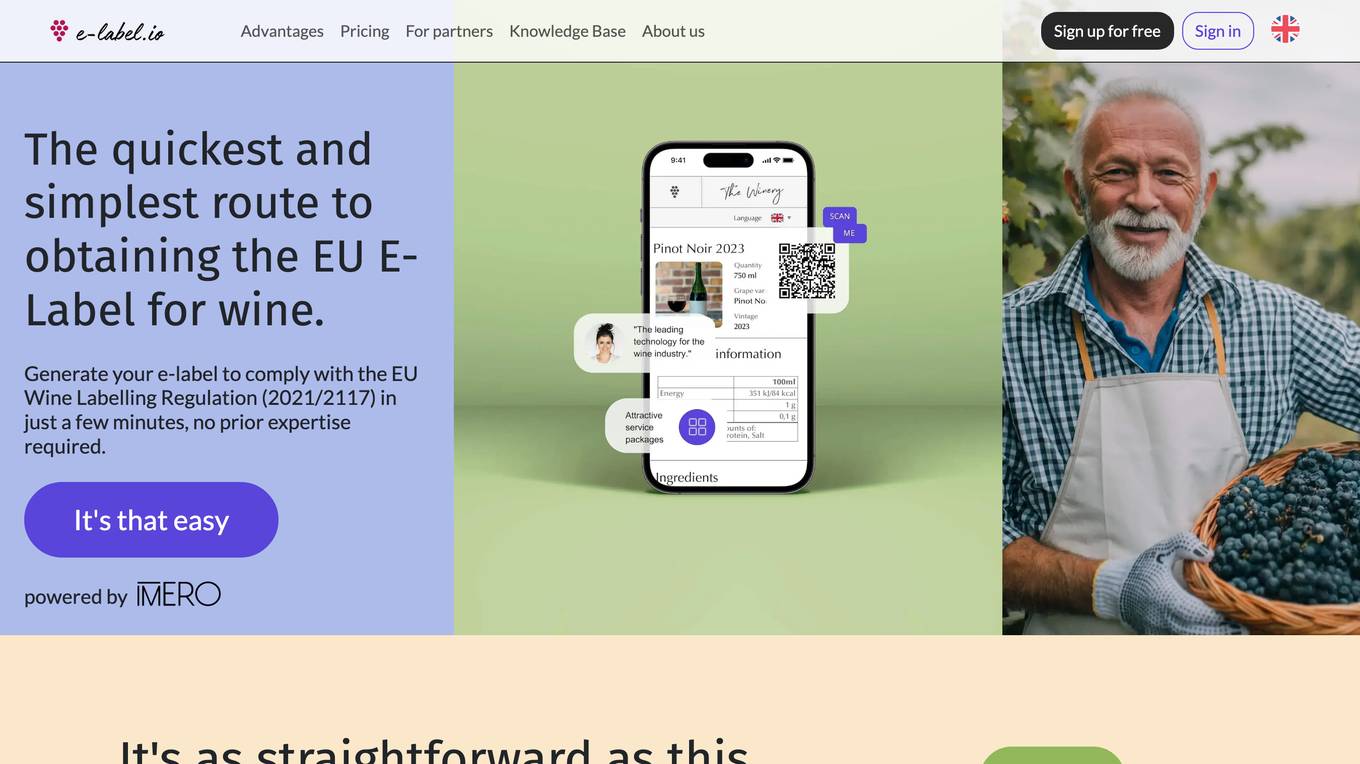
Description:
e-label.io is a software platform that helps wineries create and manage electronic labels for their wines. The platform is designed to be easy to use, even for users with no prior experience with e-labeling. With e-label.io, wineries can quickly and easily create e-labels that comply with the EU Wine Labelling Regulation (2021/2117).
The platform offers a variety of features to help wineries create and manage their e-labels, including:
- Upload nutritional information and ingredients: Wineries can upload their lab results and choose the ingredients used in their wines. e-label.io will take care of the rest, generating an e-label that complies with the EU Wine Labelling Regulation.
- Create and download the E-Label: Once the nutritional information and ingredients have been uploaded, wineries can create and download their e-label. The e-label can be downloaded in a variety of formats, including PDF, PNG, and JPG.
- Apply the QR code and lean back: Wineries can incorporate the e-label/QR code into their wine labels, brochures, and sales displays to ensure compliance and safety.
e-label.io is a valuable tool for wineries that want to comply with the EU Wine Labelling Regulation. The platform is easy to use, affordable, and provides wineries with the tools they need to create and manage their e-labels.
For Tasks:
For Jobs:
Features
- Easy to use, even for users with no prior experience with e-labeling
- Quickly and easily create e-labels that comply with the EU Wine Labelling Regulation (2021/2117)
- Upload nutritional information and ingredients, and e-label.io will take care of the rest
- Create and download the E-Label in a variety of formats, including PDF, PNG, and JPG
- Incorporate the e-label/QR code into wine labels, brochures, and sales displays to ensure compliance and safety
Advantages
- Saves time and money by automating the e-labeling process
- Helps wineries comply with the EU Wine Labelling Regulation (2021/2117)
- Improves the accuracy and consistency of e-labels
- Makes it easy to update e-labels as needed
- Provides wineries with a competitive advantage by helping them to meet the demands of consumers who are increasingly looking for information about the products they purchase
Disadvantages
- May require a learning curve for users who are not familiar with e-labeling
- May not be suitable for wineries that produce a large number of different wines
- May not be able to accommodate all of the specific requirements of individual wineries
Frequently Asked Questions
-
Q:When does the EU regulation come into force?
A:All wines produced and put into circulation after Dec. 8, 2023 must bear the label. -
Q:What information must be displayed on the e-label?
A:The following information is mandatory: * Nutritional information for 100 ml. * Energy content in kj and kcal (this must also be stated on the bottle label). * Information on carbohydrates and sugar in grams. * Information on fat, unsaturated fatty acids, salt and protein, which can be presented either in tabular form or as text such as 'Contains negligible amounts of fat, saturated fatty acids, protein and salt'. * The list of ingredients, consisting of grapes, sulphites and other additives and allergens. * Recycling details must also be provided for export to Italy. -
Q:To which wines and alcoholic beverages does the new legislation apply?
A:The legislation applies to wine, sparkling wine, semi-sparkling wine etc. and flavored wine products such as mulled wine and liqueur wines such as port. For mixed wine drinks such as wine spritzers, the general food law applies. These are therefore not affected. -
Q:Do the ingredients and nutritional values have to be stated on the label or can they be in the QR code?
A:Here, the winemaker has a choice: either the information on nutritional values and ingredients is printed on the label, or the information is written behind a QR code as a so-called "off-label solution". This means that only the QR code with the heading "Ingredients" and the calorific value have to be printed on the label, which saves a lot of space. The winemaker can choose between the two options. -
Q:Where do I have to provide information on nutritional values and ingredients?
A:On the label, in the web store, as well as on catalogs and price lists with ordering options. You must make the information available to consumers wherever consumers can purchase your products. This means on the bottle (for purchase on the store floor), in the web store and on price lists with the option to order.
Alternative AI tools for e-label.io
Similar sites
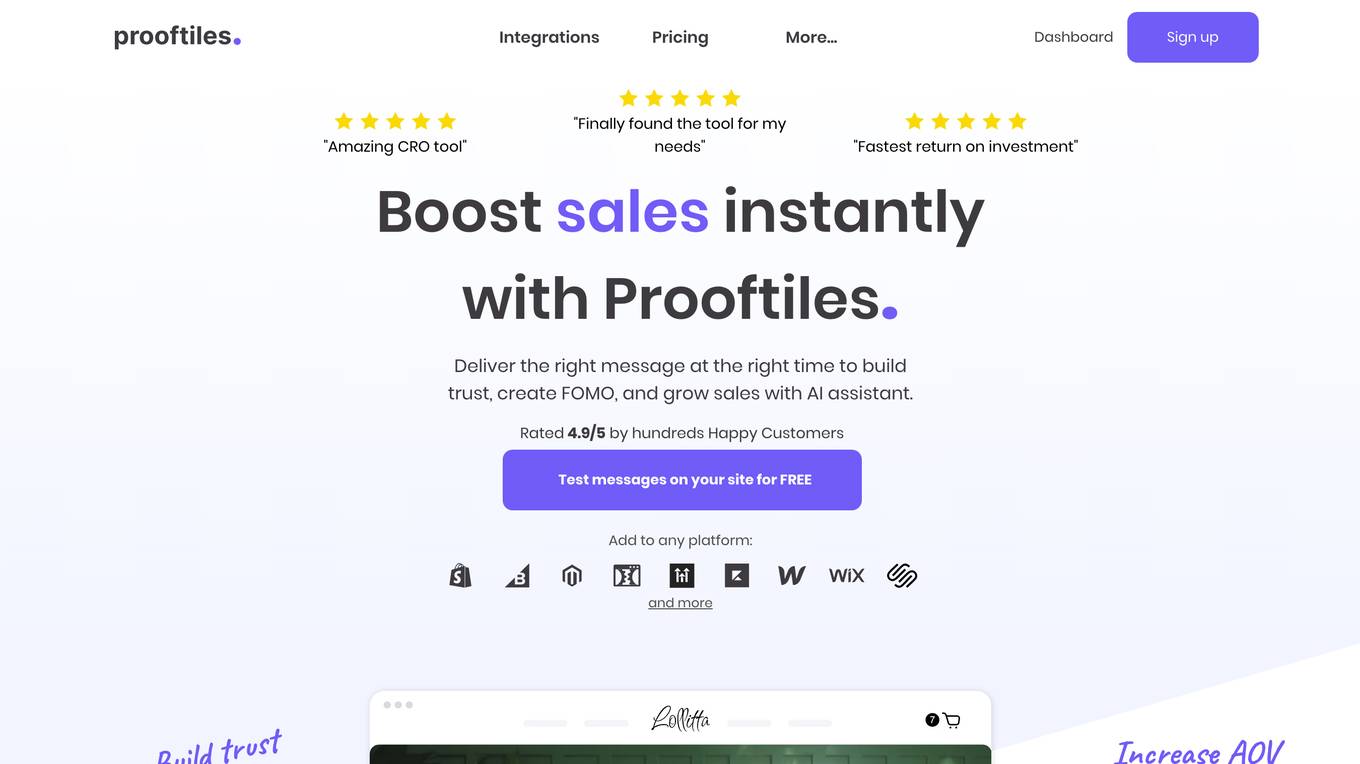
Prooftiles
Deliver the right message at the right time to build trust, create FOMO, and grow sales with AI assistant.

